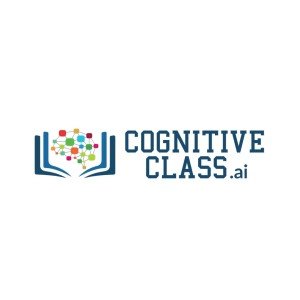Data Engineering
Showing 793–804 of 829 results

Use Apache Spark in Azure Databricks
Azure Databricks is built on Apache Spark and enables data engineers and analysts to run Spark jobs to transform, analyze and visualize data at scale.

Use Azure Synapse serverless SQL pool to query files in a data lake
With Azure Synapse serverless SQL pool, you can leverage your SQL skills to explore and analyze data in files, without the need to load the data into a relational database.

Use Azure Synapse serverless SQL pools to transform data in a data lake
By using a serverless SQL pool in Azure Synapse Analytics, you can use the ubiquitous SQL language to transform data in files in a data lake.

Use Delta Lake in Azure Synapse Analytics
Delta Lake is an open source relational storage area for Spark that you can use to implement a data lakehouse architecture in Azure Synapse Analytics.

Use Spark Notebooks in an Azure Synapse Pipeline
Apache Spark provides data engineers with a scalable, distributed data processing platform, which can be integrated into an Azure Synapse Analytics pipeline.

Use SQL Warehouses in Azure Databricks
Azure Databricks provides SQL Warehouses that enable data analysts to work with data using familiar relational SQL queries.

Use system catalogs and system views in PostgreSQL
System information is known as metadata and is stored in system catalogs in Azure Database for PostgreSQL. In addition to directly accessing system catalogs, you can access system views.

Using an HTTP API to Create and Query IBM Cloudant Databases
Learn how to use HTTP APIs to create, query, and manage IBM Cloudant databases. Master how to integrate Cloudant into your applications using RESTful APIs for seamless data access and management in the cloud.

Using Memory-optimized Tables and Native Stored Procedures
The objective of this course is to help your SQL Server-based applications to run at rapid speed to by taking advantages of In-Memory OLTP Technologies - Memory-optimized Tables and Native Stored Procedures.

Using MongoDB with ASP.NET MVC
MongoDB is quickly becoming a ubiquitous alternative to traditional relational storage systems. This course will give you the knowledge necessary to get started with MongoDB in your ASP.NET MVC applications and .NET development.

Using SQL for Data Analysis
Learn to use SQL for querying and analyzing data from databases.

Using the CQL Shell to Execute Keyspace Operations in Cassandra
Dive into the Cassandra Query Language (CQL) shell and learn how to execute keyspace operations. Understand how to define schemas, manage data models, and perform CRUD operations in Cassandra for NoSQL databases.
